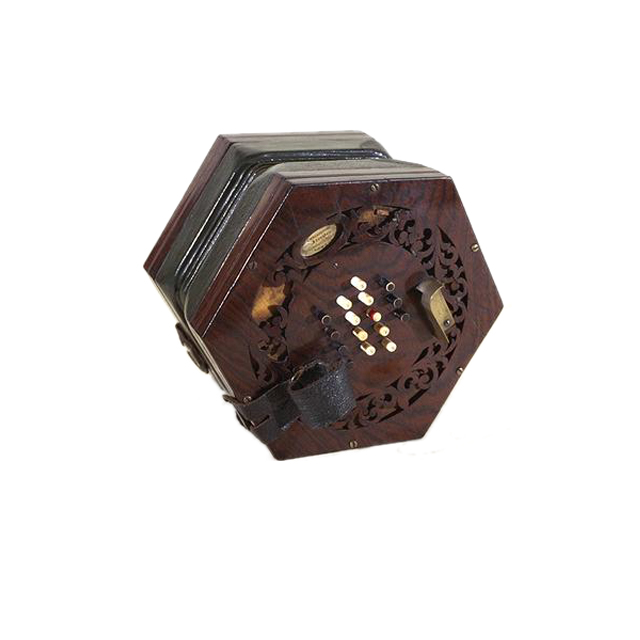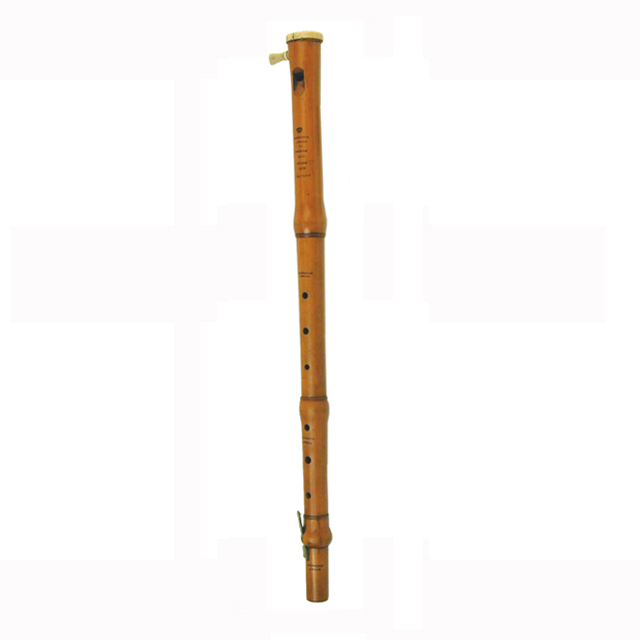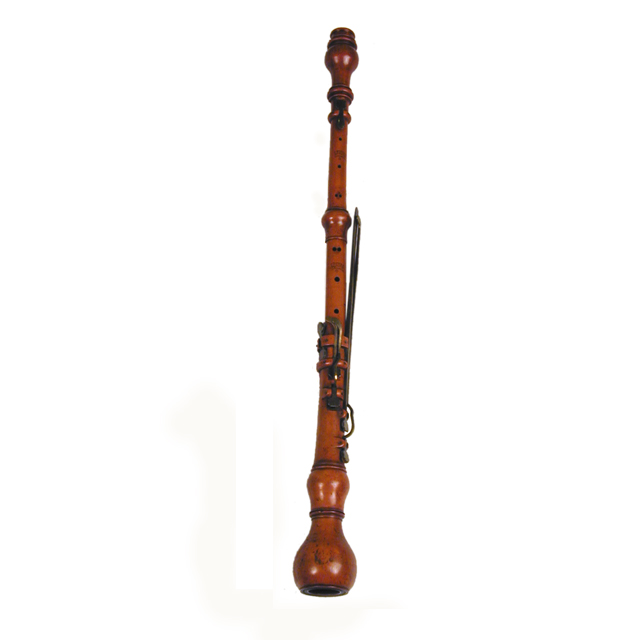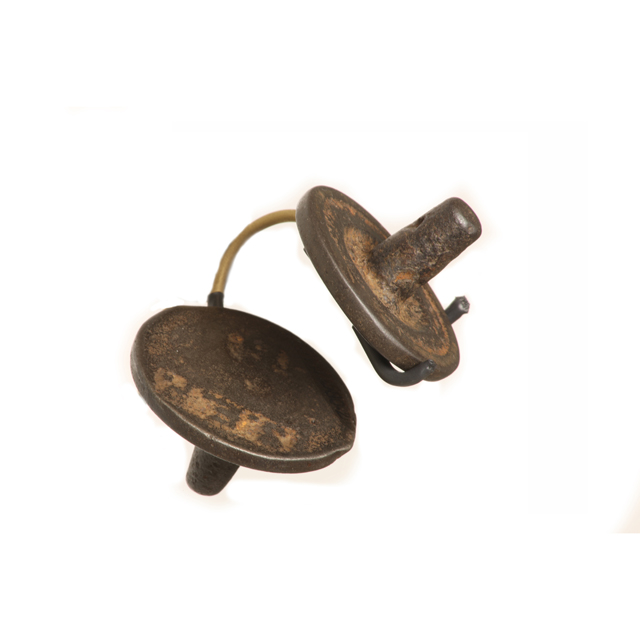
English system concertina. Serial number 581; Reed Pans 580, Bellows 580. Oval paper label: 'By His Majesty's Letters Patent, C. Wheatstone, Inventor, 20 Conduit St., Regent St., London.' Flat rosewood ends measuring 6 inches across straight sides, pine backing beneath the fretwork, right-hand side damaged. 32 ivory buttons, black accidentals, stamped with note names. Later black leather straps with nickel screws. Four-fold green leather bellows with gold circle papers. Square-end nickel reeds, two missing. Later hexagonal oak case.
Charles Wheatstone (1802-1875), best known for his work in the field of physics, patented the English-system concertina in 1844. The instrument had already been in production for some years following his 1829 patent for the symphonium, a free reed mouth organ. A bellows-blown model was shown in an illustration accompanying the 1829 patent. Charles Wheatstone's family had been involved in the musical instrument trade for some years, and his brother, William Dolman Wheatstone, joined the firm in 1837. The following information is recorded regarding the purchase of this instrument in the ledgers of the Wheatstone concertina factory (http://www.horniman.info): 28 Sep 1843: Messrs Wood & Co. (C1046, p.22) 28 Sep 1843: 32 [buttons] Wood & Co. 28 Sep 1843 (C104a, p.31) 26 Feb 1868: Roylance 7.0 (C1053, p.42). The concertina is classified according to the system of Hornbostel and Sachs as a 'set of free reeds, with flexible air reservoir and keyboard'.






